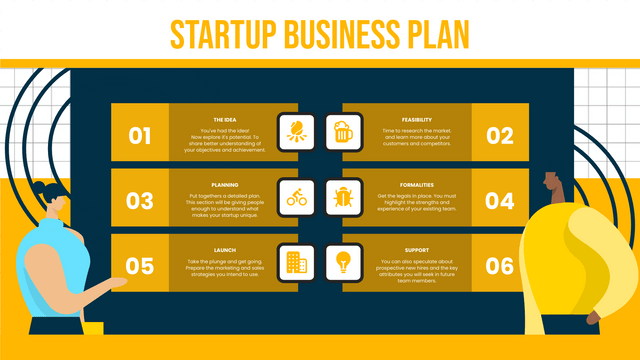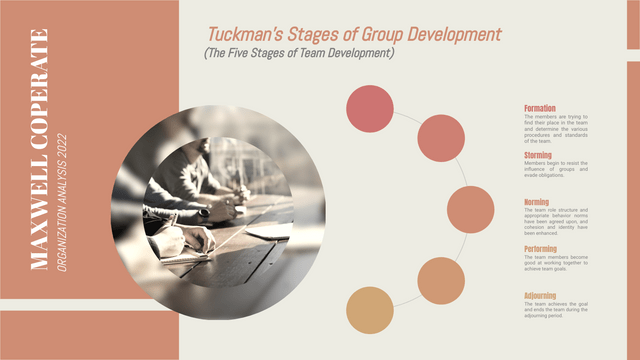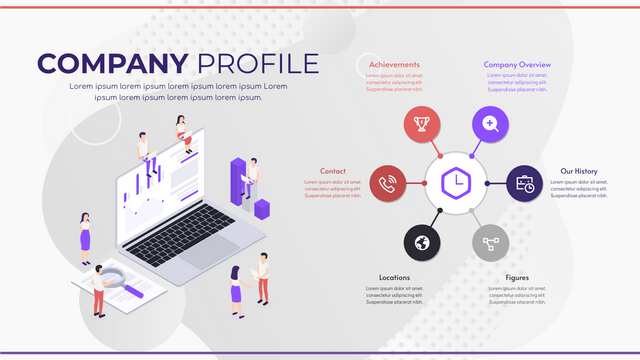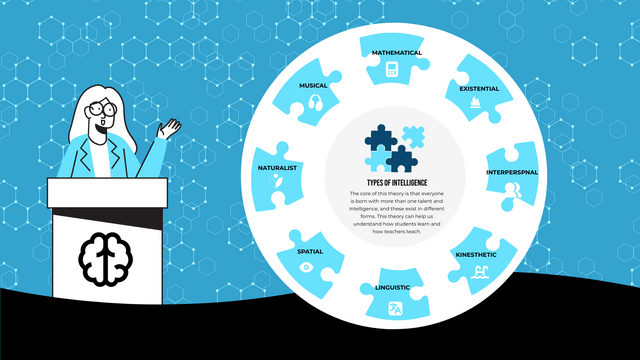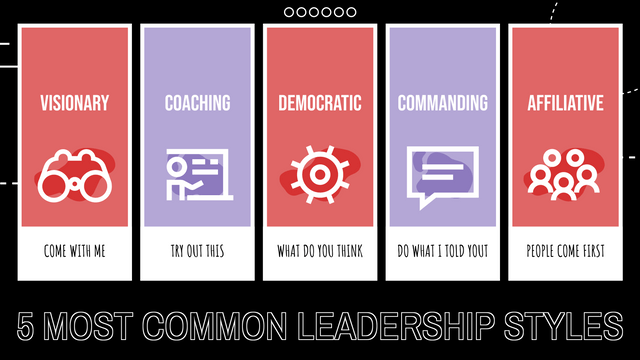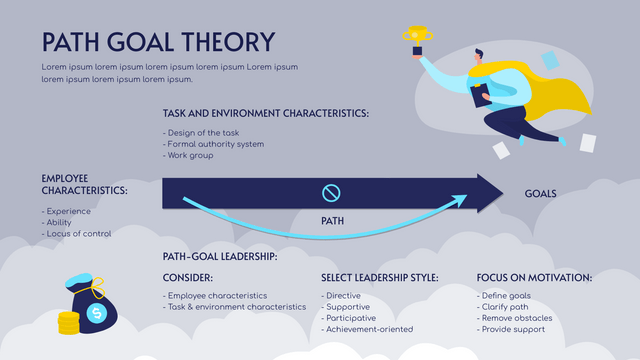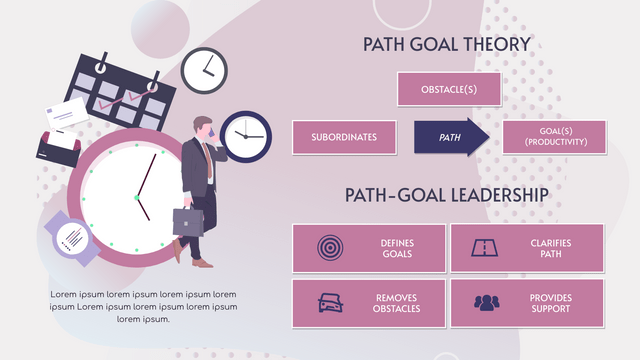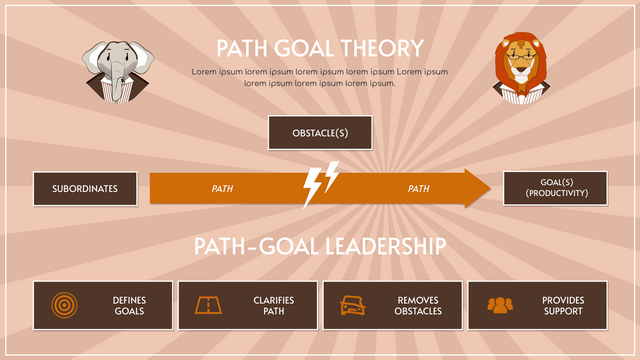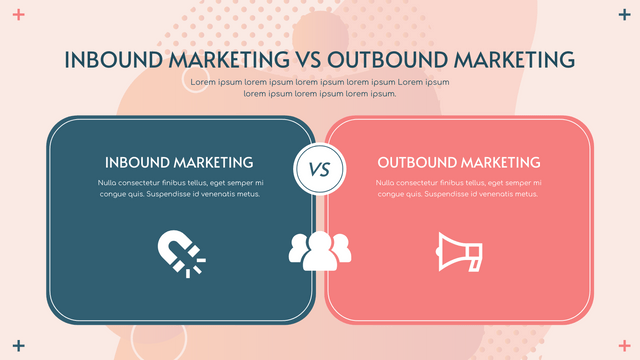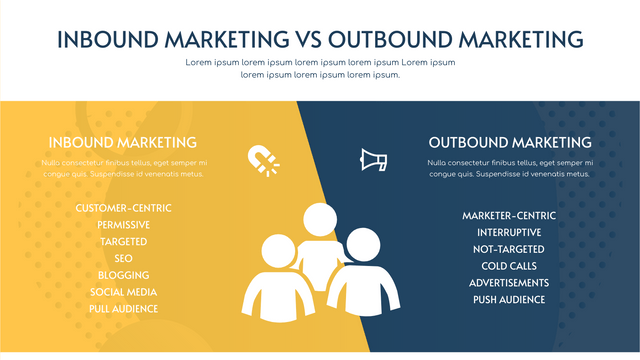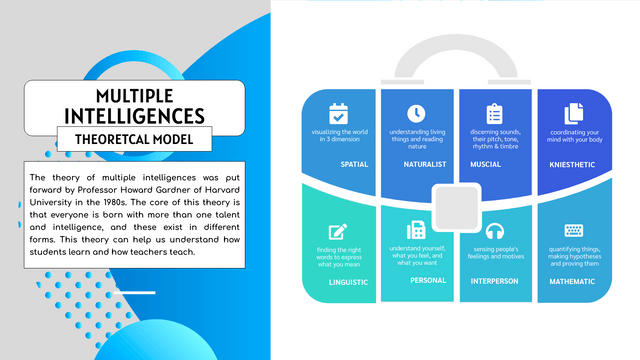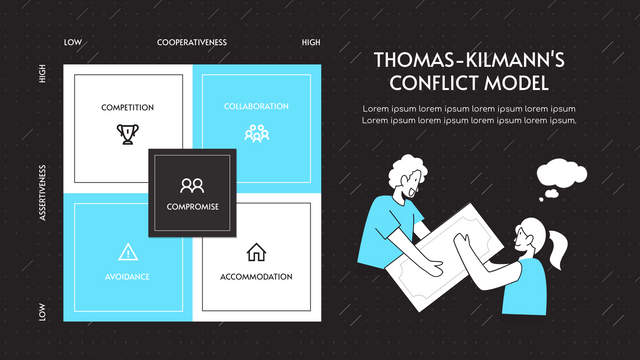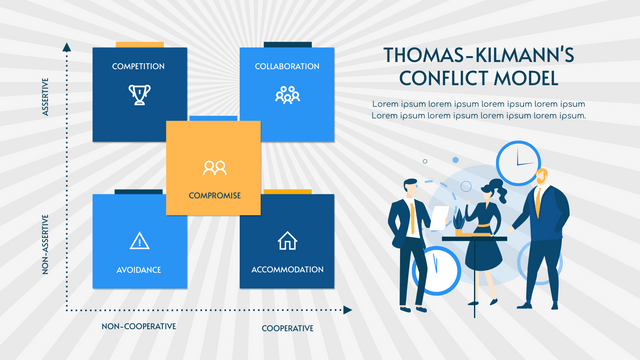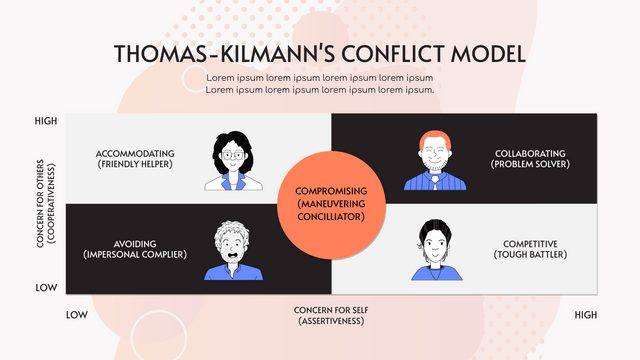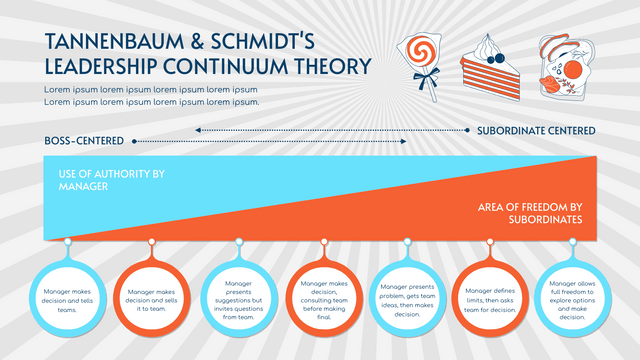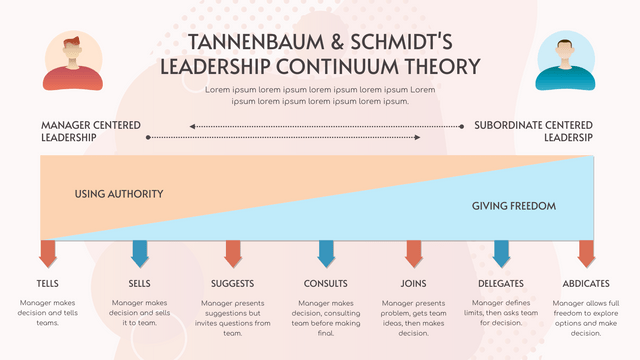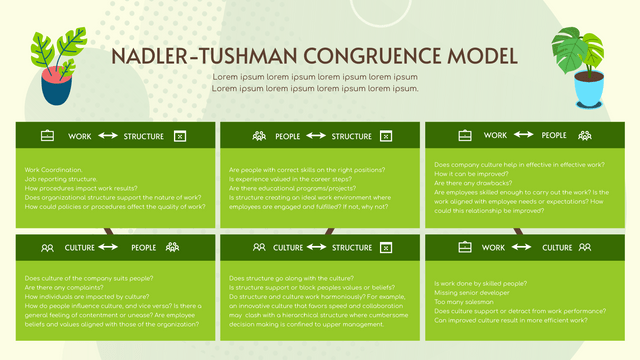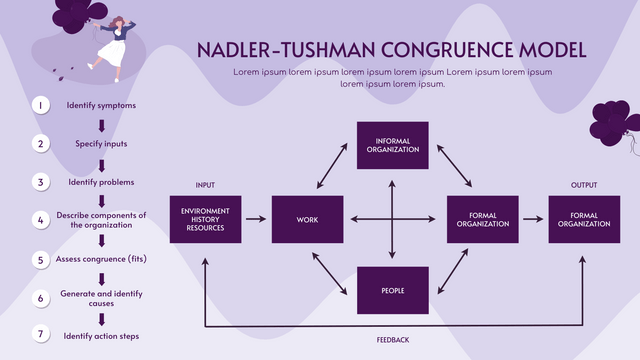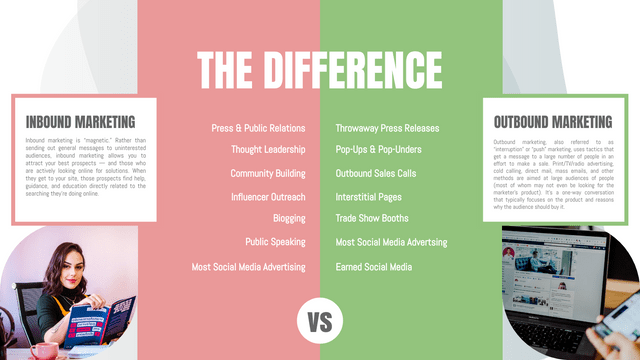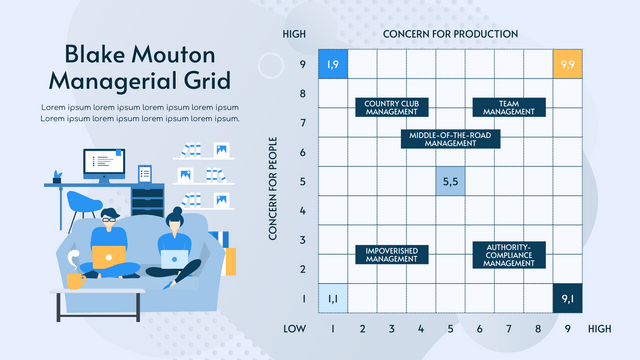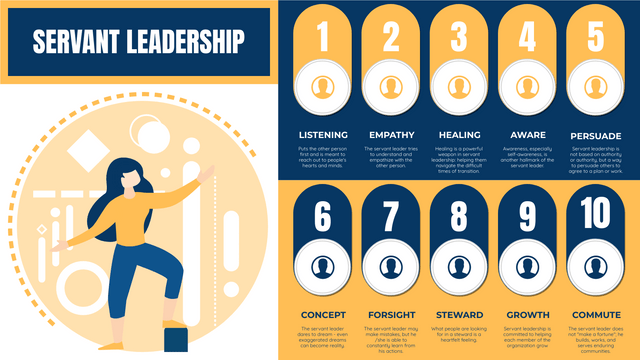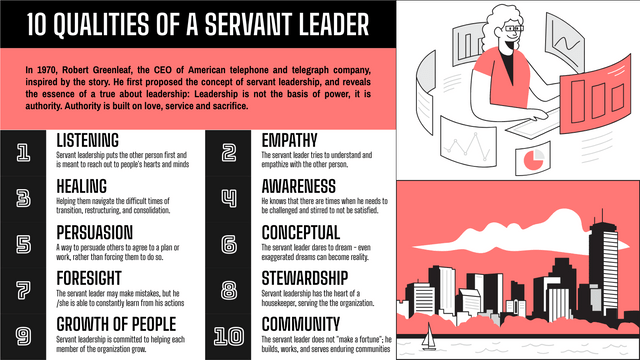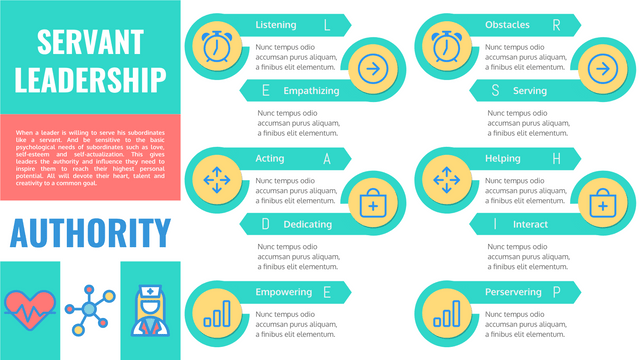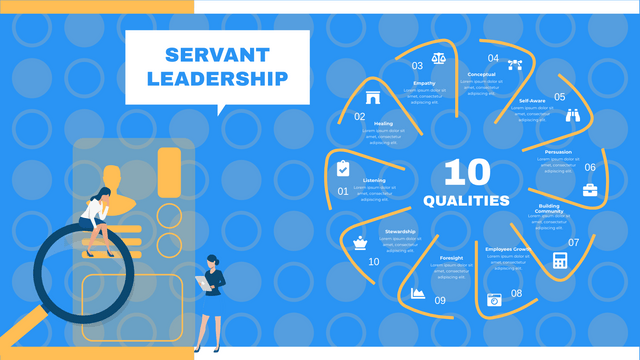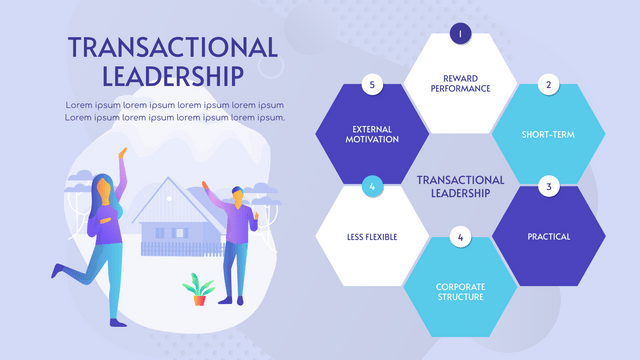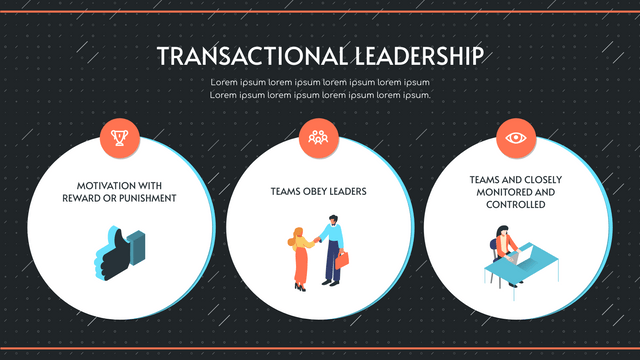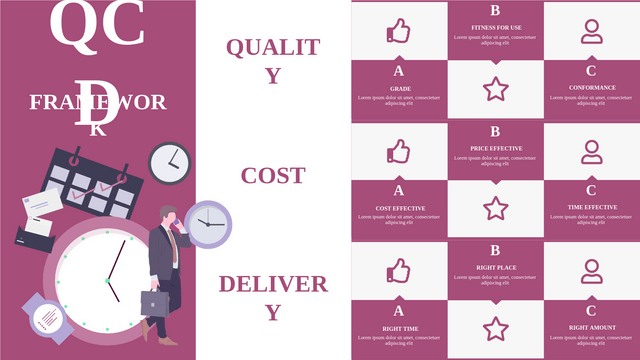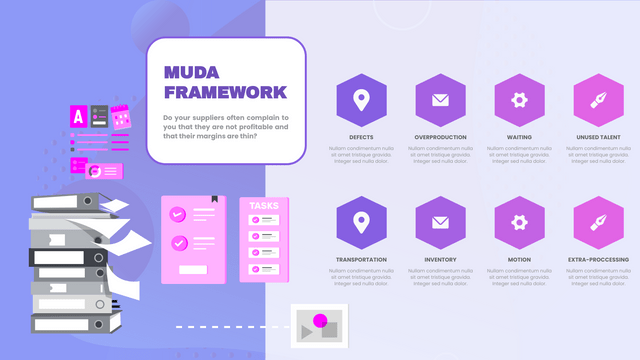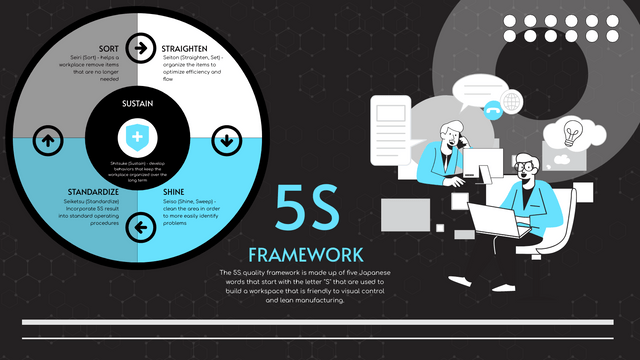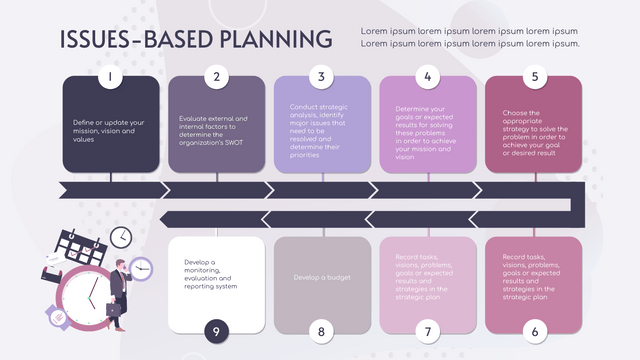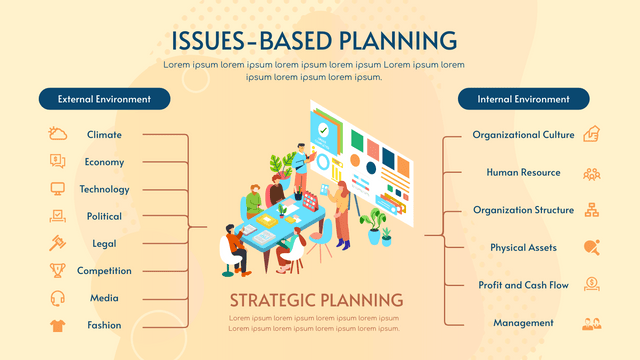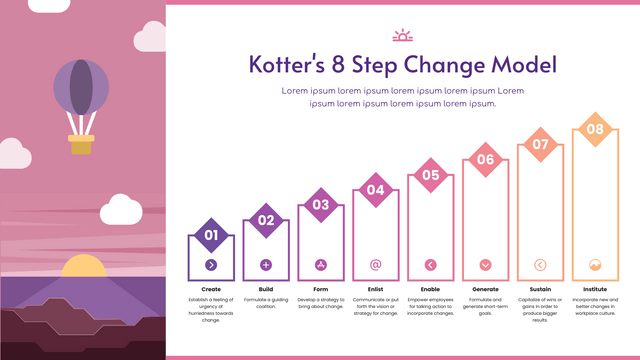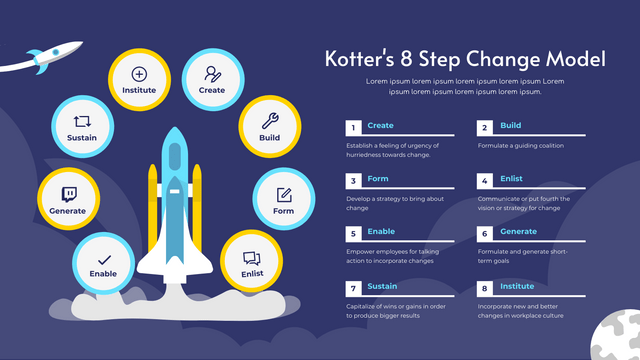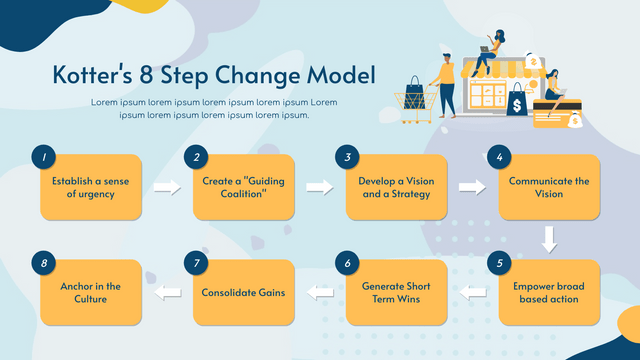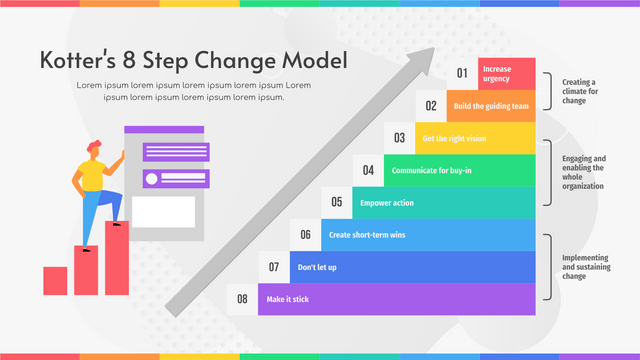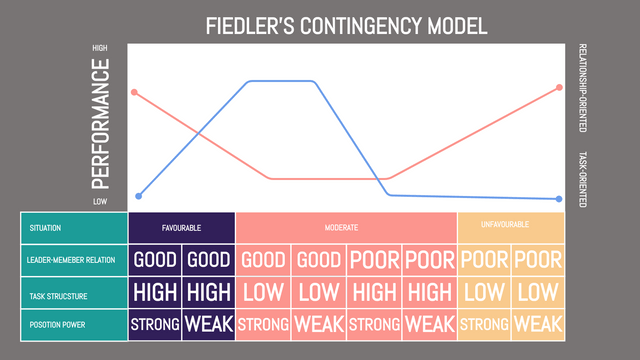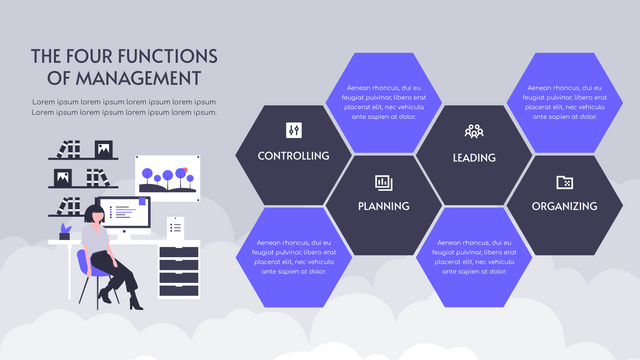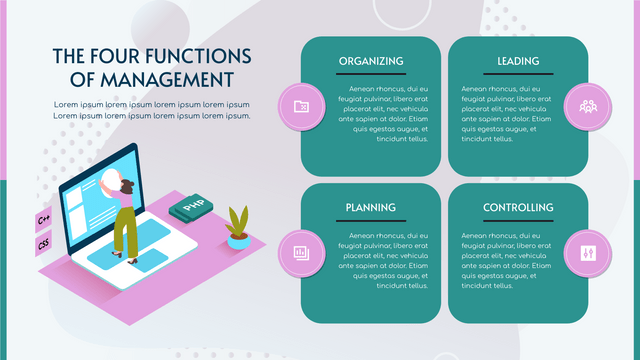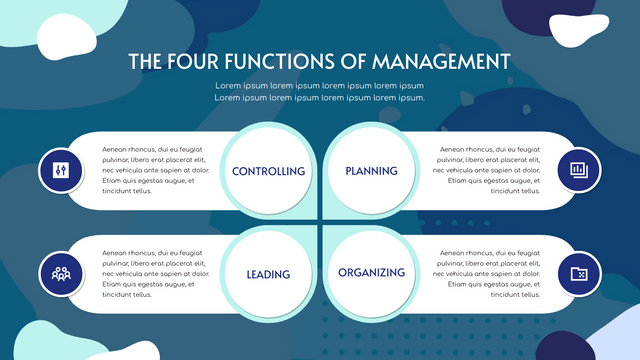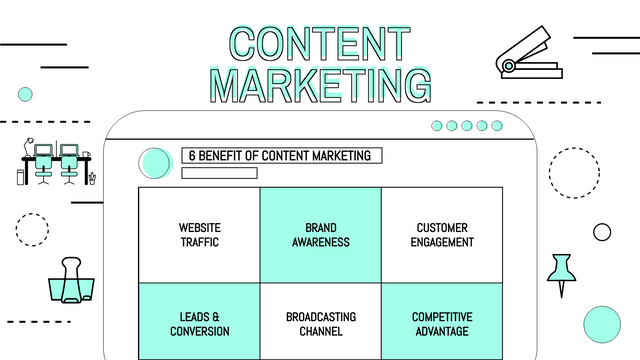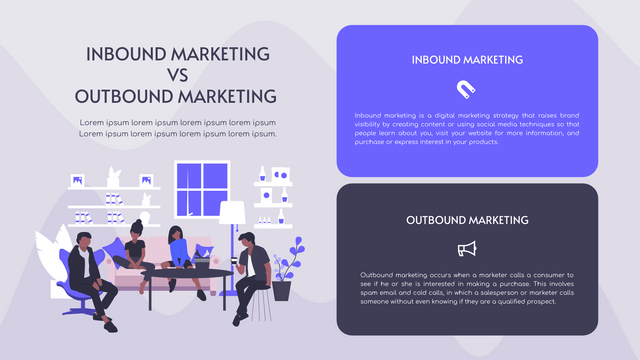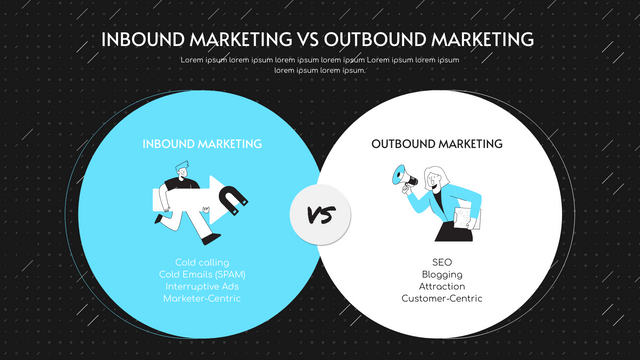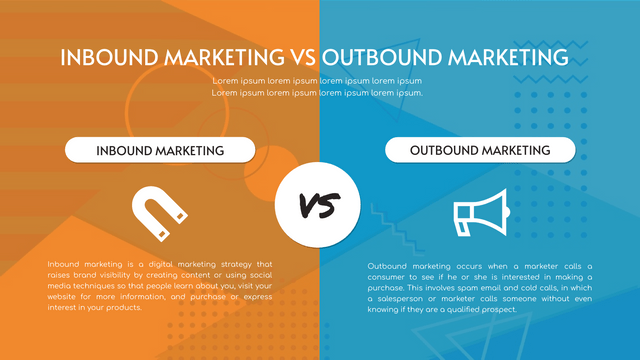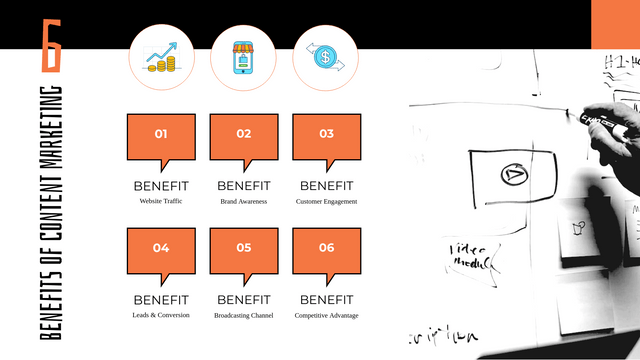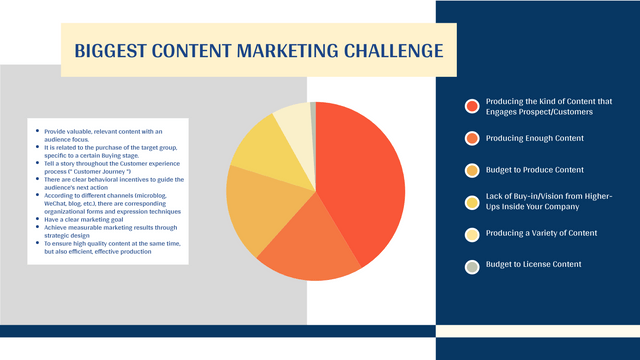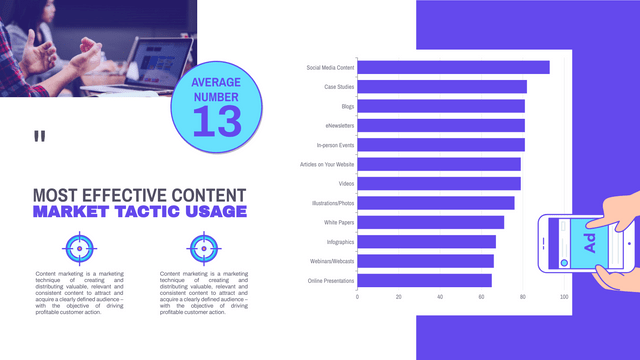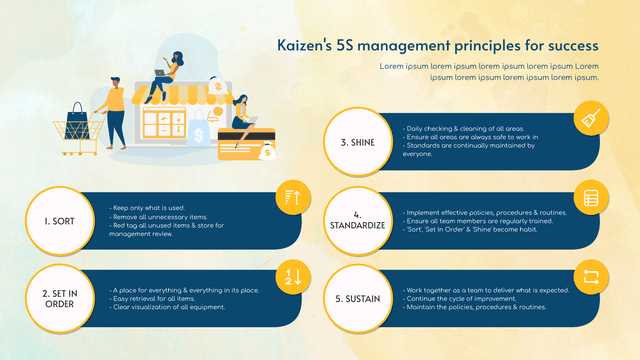What is Kolb’s Experiment Learning Cycle?
Kolb's learning cycle (also known as Experiment Learning Cycle, or Kolb’s Reflective Model): Kolb established a famous learning cycle in 1984, emphasizing that individuals can learn through experience and practice. He suggested two levels: a four-stage learning cycle and four learning styles.
Four Stages of Kolb's Experiential Learning Cycle
Kolb's experiential learning theory consists of four stages:
Concrete experience: new experience or reinterpretation of past experience.
Reflective observation: through observation and reflection, especially to understand things that are inconsistent with past experience and cognition, to seek the true meaning of things.
Abstract conceptualization: through thinking and analysis, new experience materials are systematically transformed into concepts and knowledge is constructed.
Active experiment: using and practicing the learned knowledge through active practical operation.
As shown in this template, an effective learning occurs as a person goes through a loop of four stages:
Have a direct experience,
Reflect and concentrate on that experience,
Conclude abstract concepts (analysis)
Plan and use these abstract concepts to test hypotheses in future scenarios to generate new experiences.
Kolb's 4 Learning Styles
Diverging - Feel and Watch
Assimilating - Think and Watch
Converging - Think and Do
Accommodating - Feel and Do
Kolb's Experiment Learning Cycle Template
Here is a Kolb’s Experiment Learning Cycle template created with Visual Paradigm's online strategic analysis tool. You can customize this template by modifying the text, color and font, and use it in your presentations and reports.

